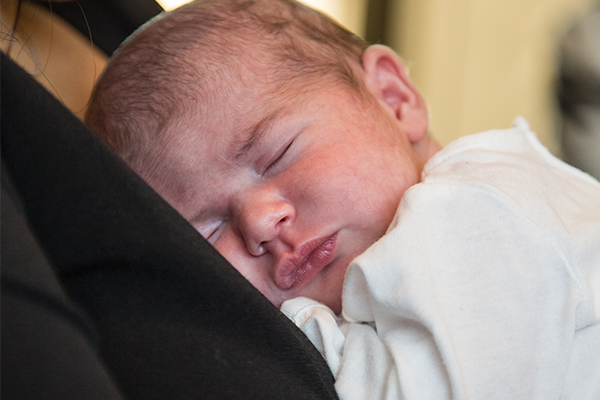The Jewish ritualizing of birth is nearly as old as Judaism itself. Brit Milah (covenantal circumcision ceremony) is first mentioned in the Torah, as a sign of the relationship between God and the people of Israel. It says in the Torah: “Every male among you shall be circumcised…it shall be a sign of the covenant between Me and you” (Genesis 17:11). The parallel biblical covenantal ritual for girls is what is known as a naming ceremony in which the child is presented a name in Hebrew.
The Talmud records the custom in ancient Israel of planting a cedar tree when a boy was born, and a cypress tree when a girl was born (Gittin 57a). In recent years, additional rituals have been developed to acknowledge the birth of both boys and girls, focusing on the elements of covenant and naming. Click here to read more about the history of these birth rituals.

